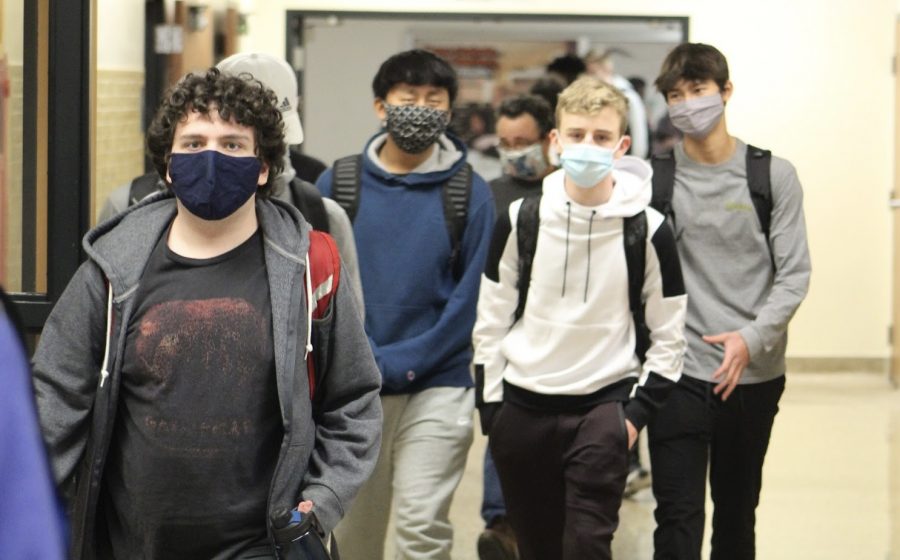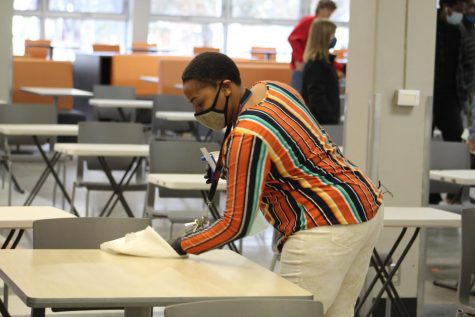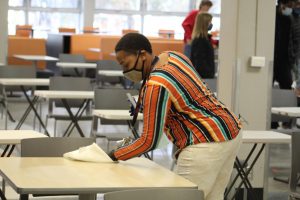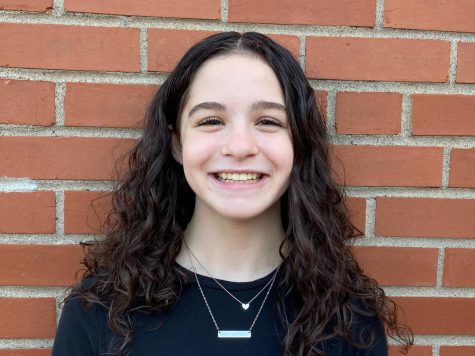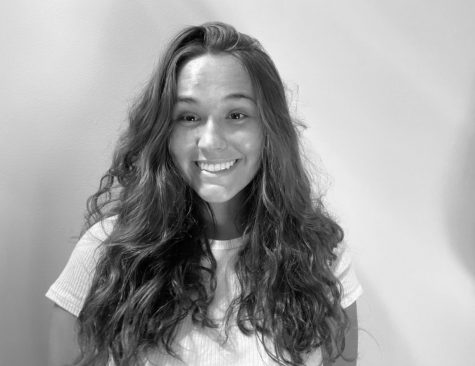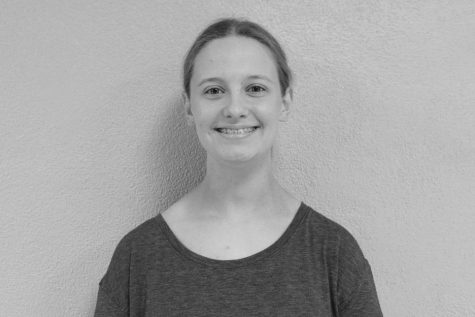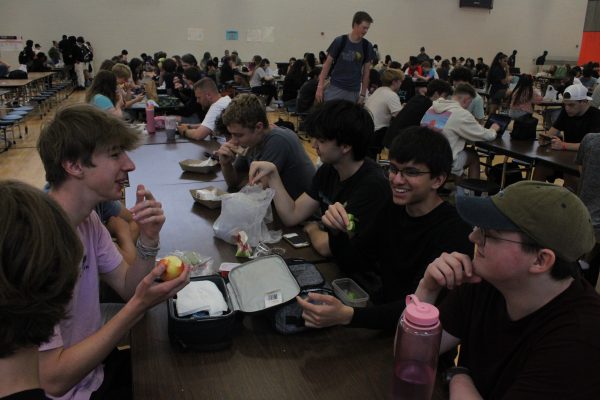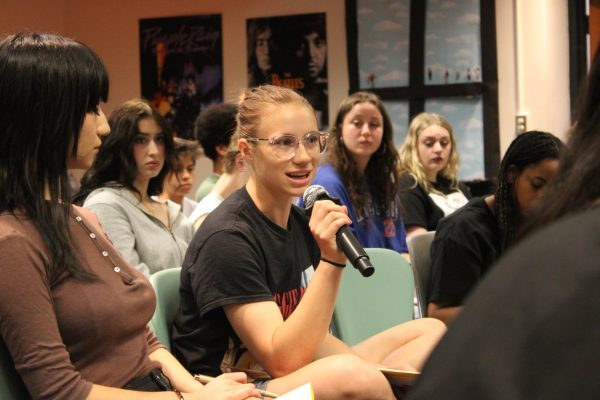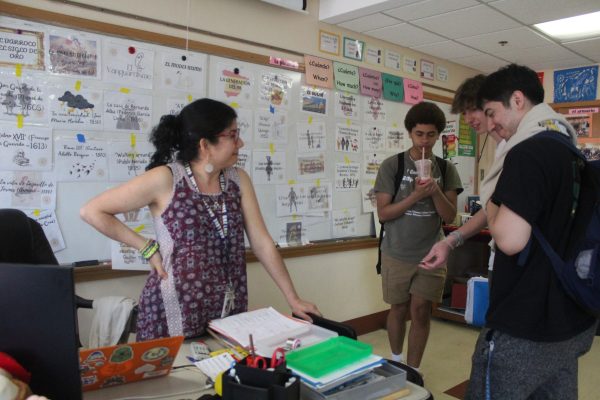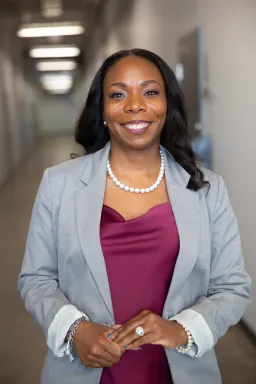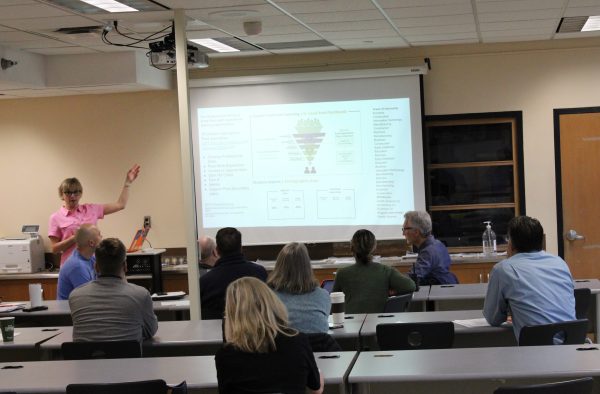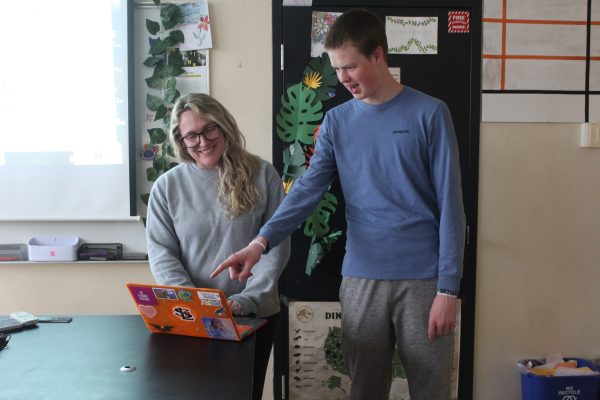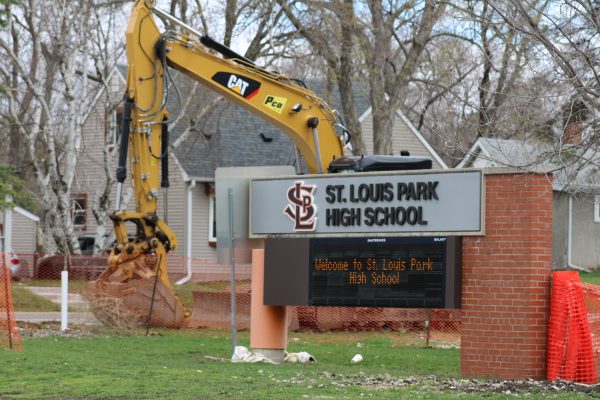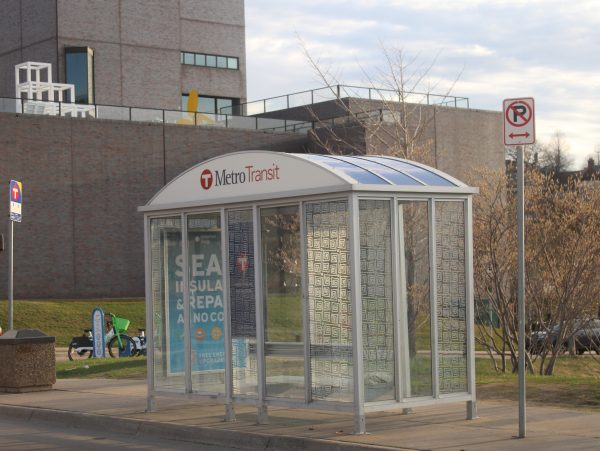Distance learning to return Nov. 16
COVID-19 cases rise across Minnesota
Students walk to lunch during the first day of hybrid learning Oct. 26. Park will restart distance learning Nov. 16.
November 10, 2020
Although he did not make the recommendation to switch to full distance learning lightly, superintendent Astein Osei said the switch was necessary for the safety of students and staff because COVID-19 cases are at a record high.
“In all of the years I’ve been in education for sure it’s been the hardest year of my career,” Osei said. “There’s no decision that I’ll make where everybody (feels) like ‘Oh, that was a great idea.’ Right now my email inbox is exploding with people who are just disappointed, frustrated (and) angry.”
In a meeting Nov. 9 the School Board voted unanimously to restart distance learning for secondary schools Nov. 16 and primary schools Nov. 23. Osei recommended everyone to switch Nov. 23, however, the school board amended the recommendation. The Safe Learning Plan will be reevaluated at the Jan. 11 School Board meeting.
Although he appreciates Park’s attempt to stay in hybrid, sophomore Eli Kaufman said as cases are rising it is crucial Park transitions to distance for the safety of the students and staff.
“Hybrid is in theory a good idea because people are still able to interact with teachers and some friends at school. But considering that the amount of cases especially in the United States is going extremely up, it makes logical sense to go back to distance until further notice,” Kaufman said.
Even if the change is difficult for many, English and cinema teacher Andrew Carlson said he believes the switch is needed.
“(Distance) sucks, but it is absolutely necessary to keep everyone safe from the pandemic,” Carlson said. “It is not ideal obviously to learn online, but we have to do the best that we can do with what the situation is.”
Despite knowing the switch was coming as he made the recommendation, Osei said he was reluctant to do so because he enjoyed seeing students in the hybrid model even at 25% capacity.
“I’m not shocked because I knew all along that this would (happen), unfortunately, by the nature of this school year for us, but I’m definitely disappointed,” Osei said. “Thinking about the high school specifically I just visited a couple of times and while this wasn’t the same, it was something energizing for me to be able to see students in classes.”
After starting the year in distance learning until Oct. 26, Kaufman said Park will have an advantage when returning to a virtual format again.
“I feel like it is going to be easier because we were already in distance for some time before hybrid started,” Kaufman said. “It is just going to get easier as time goes on.”
Due to her struggles with distance learning, junior Emelia Johnson said she dislikes Park’s plan to return to full distance.
“Hybrid learning has given me the opportunity to exceed because with math I get physical one-on-one help,” Johnson said. “It’s beneficial for a lot of people because I am not the only one who struggles with online stuff.”
Carlson said he recognizes the positives to hybrid as many students’ education benefit from it.
“The numbers aren’t quite as high as I thought they would be for students coming in, but the students who really benefit from one-on-one interactions with teachers have been able to do it,” Carlson said. “It has been easier for students to approach teachers and communicate — it’s not ideal — but it’s worked for some that have utilized it.”
Osei said he wants to use the pandemic as a lesson to improve Park to better meet the needs of students.
“My hope is through all of this pain, frustration, anger and resentment that people have had about this experience, we take the best part of it. And in the future, utilize those pieces for students that really thrive in that environment,” Osei said. “Because there are some students that are thriving, not having to physically go to school.”



